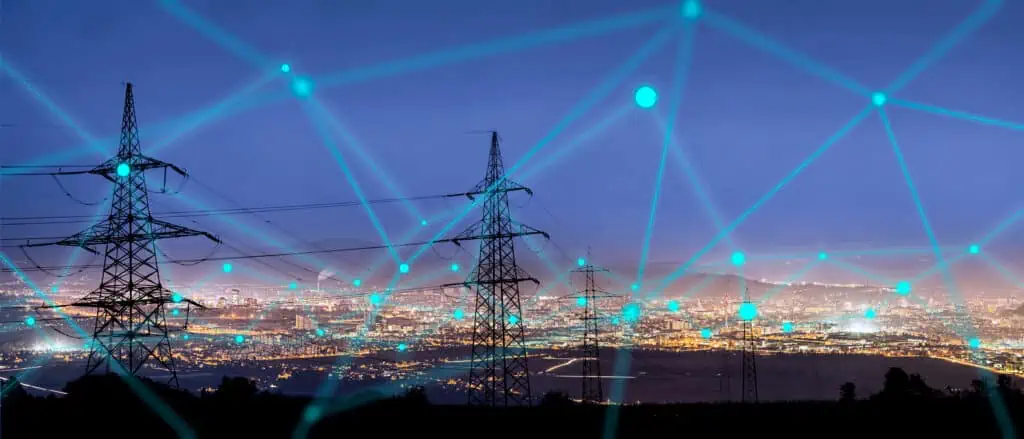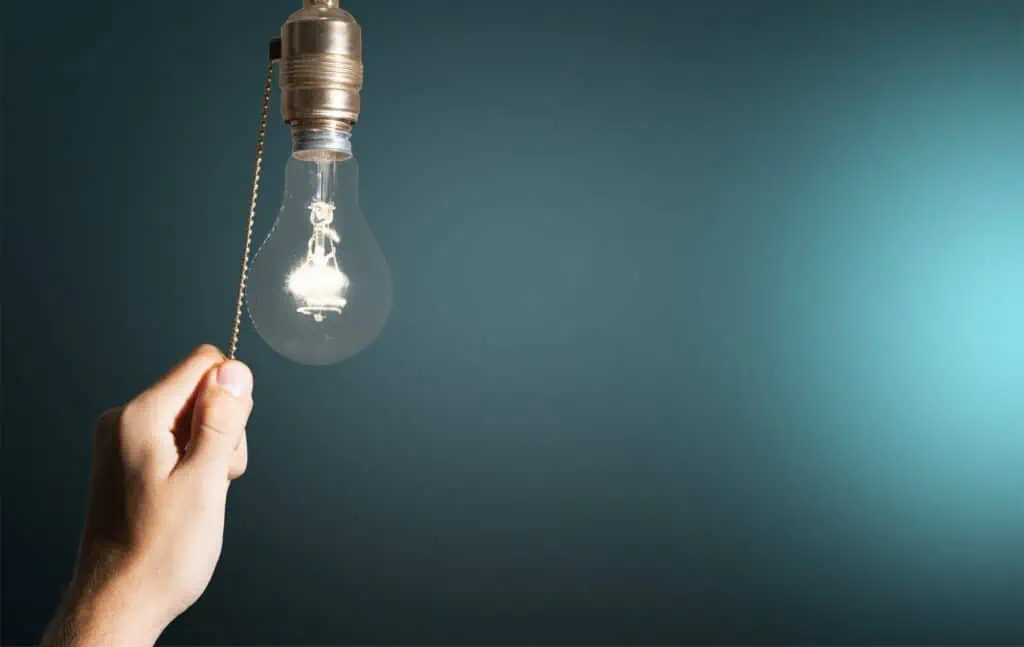The process of flipping a light switch involves a complex energy system that ensures electricity reaches its intended destination reliably and safely. Electricity flows from the point of generation through the grid and eventually reaches buildings when devices are turned on. This system has been developed over many years to prevent surges or accidents.
Understanding the source of electricity is crucial, especially in deregulated markets, to help make effective and intelligent purchasing decisions.
The modern energy system consists of various components that work together to maintain its operation. If any part fails, it can lead to blackouts or brownouts. Electricity is generated by different sources such as nuclear power, wind turbines, natural gas and other fossil fuels. The utility then distributes and transmits this electricity through the grid to buildings and homes as needed.

In deregulated states – energy users have energy choices with the ability to select an energy provider that best fits their needs and budgets. This process starts as energy suppliers estimate the amount of energy they will require to meet the demand of all buildings on the grid and purchase it from generators years in advance.
In its simplest form – When an energy buyer needs a new electricity supply contract, they purchase it from suppliers who assign them a rate for the contract’s duration. Energy Advisors work alongside buyers in acquiring electricity contracts from suppliers, using strategies that encourage competition among suppliers for the buyers’ business.
In regulated states, the path that electricity takes is similar to deregulated states. However, in regulated areas, there is no need for purchasing electricity as every building receives it directly from the utility through a default service. In these regions, there is no competitive pricing in the market, and buyers must accept the rates set by the utility without alternative options.
Considering the lengthy journey and complexity involved in the energy system and its purchasing, you may wonder who is responsible for overseeing everything – the ISO. The Independent System Operator is a non-profit organization authorized by the FERC who is responsible for managing and operating the electric grid for a specific region. Read more about the ISO here.
